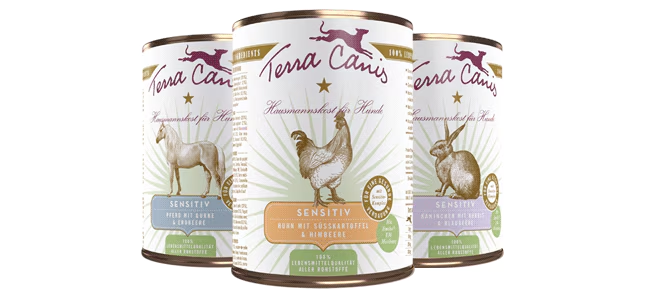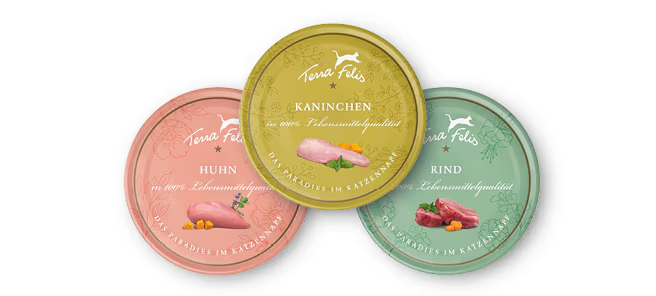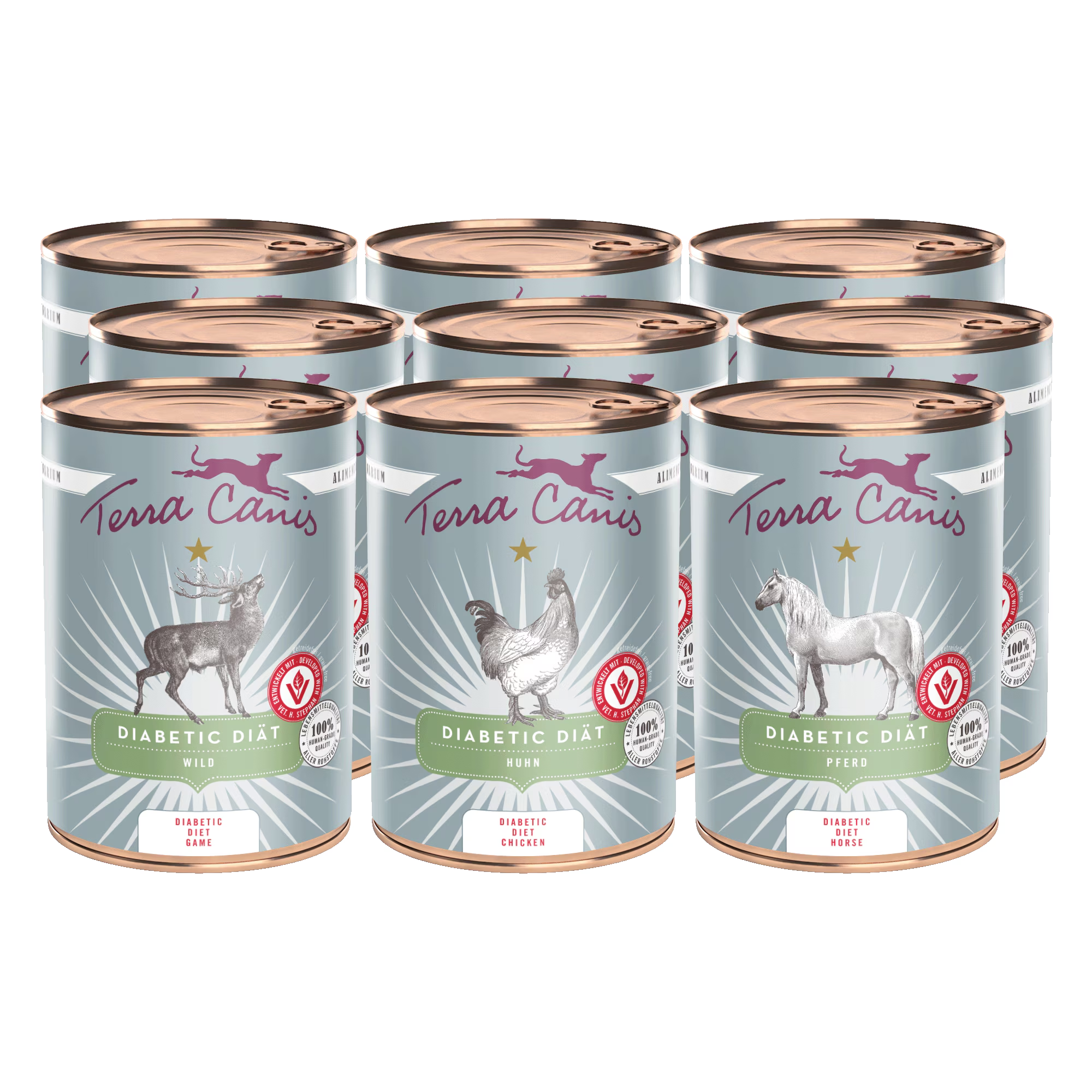
Developed with veterinarians
Grain & gluten-free
100% human-grade quality of all ingredients
Produced by master butchers
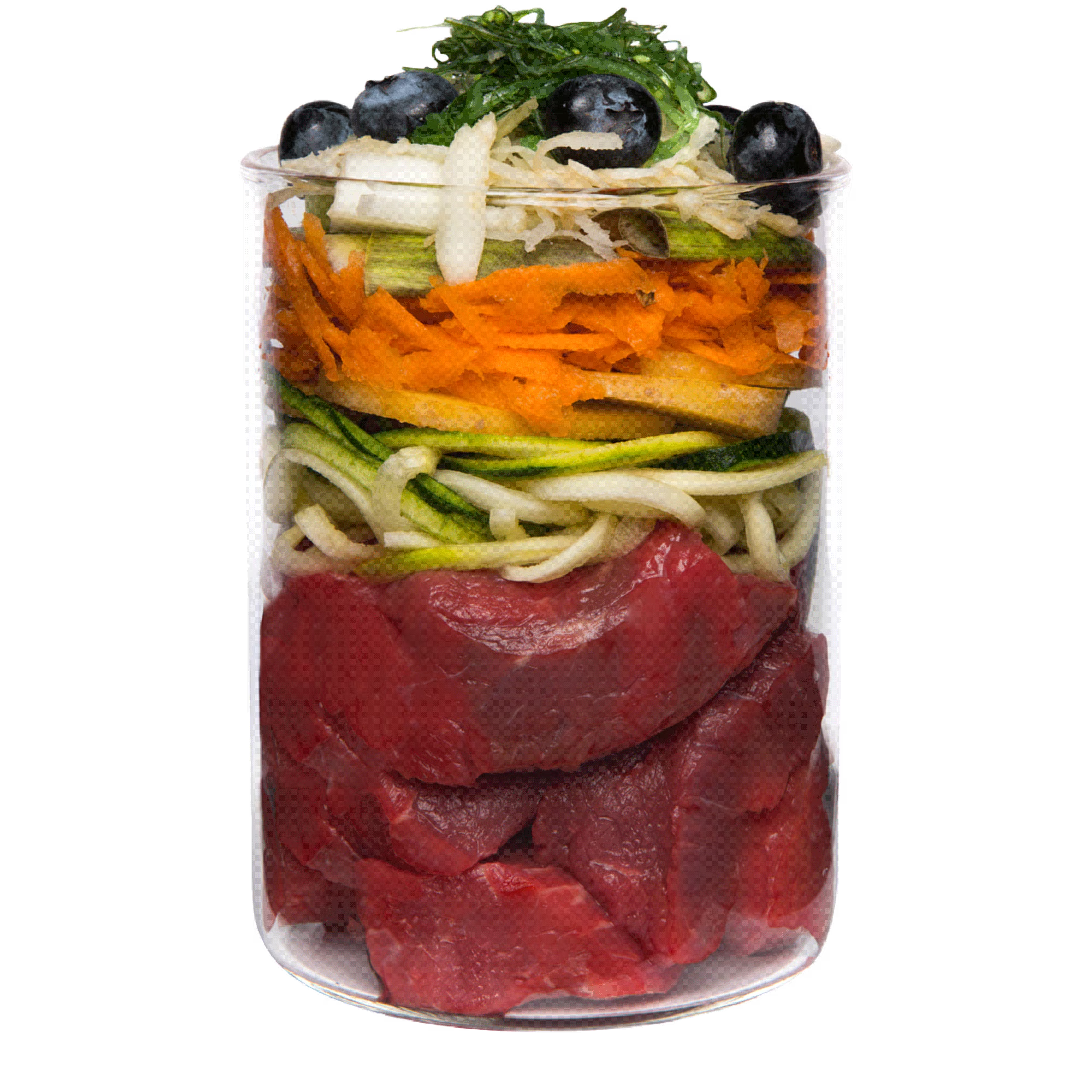
Composition
horse muscle meat 46%, broth 20%, carrot 6% *, courgette 6% *, potato 4% *, fennel 3% *, broccoli 3% *, celery 2% *, beetroot 2% *, lupin meal 2% */**, blueberry 1% *, minerals 1% **, rapeseed oil, **, coconut flour **, artichoke leaf **, sage **, fenugreek **, cumin **, thyme **, oyster shell **, spirulina ** *Sources of carbohydrate, **dried
Nutritional additives/kg:
Vit. A (3a672a): 7631 IE, vit. D3 (3a671): 340 IE, iodine (3b201): 0,8 mg, copper (3b405): 2 mg; manganese (3b503): 10 mg, zinc (3b603): 20 mg
AliVet DIABETIC-DIET
- Regulates glucose supply (Diabetes mellitus)
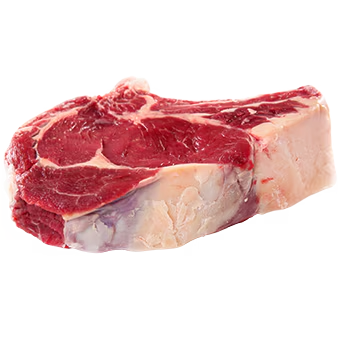
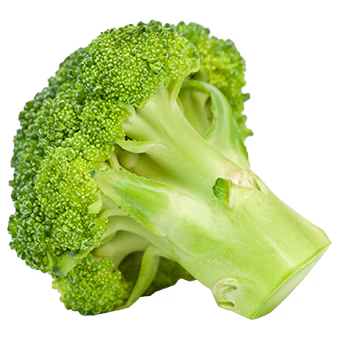
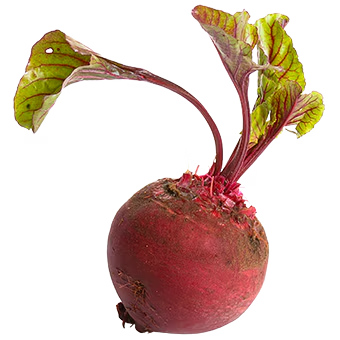
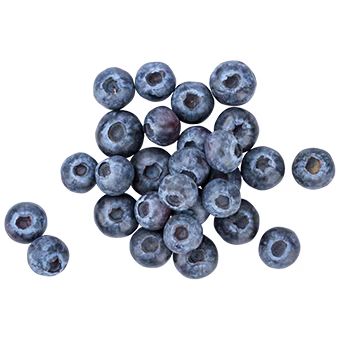
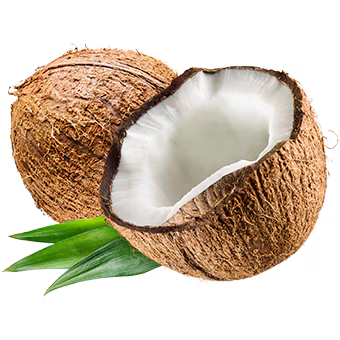
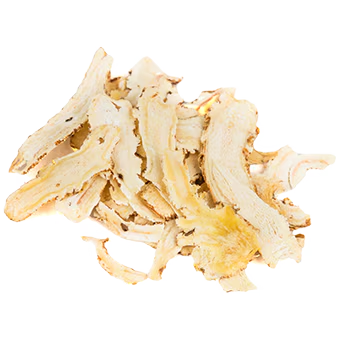
and many more ...
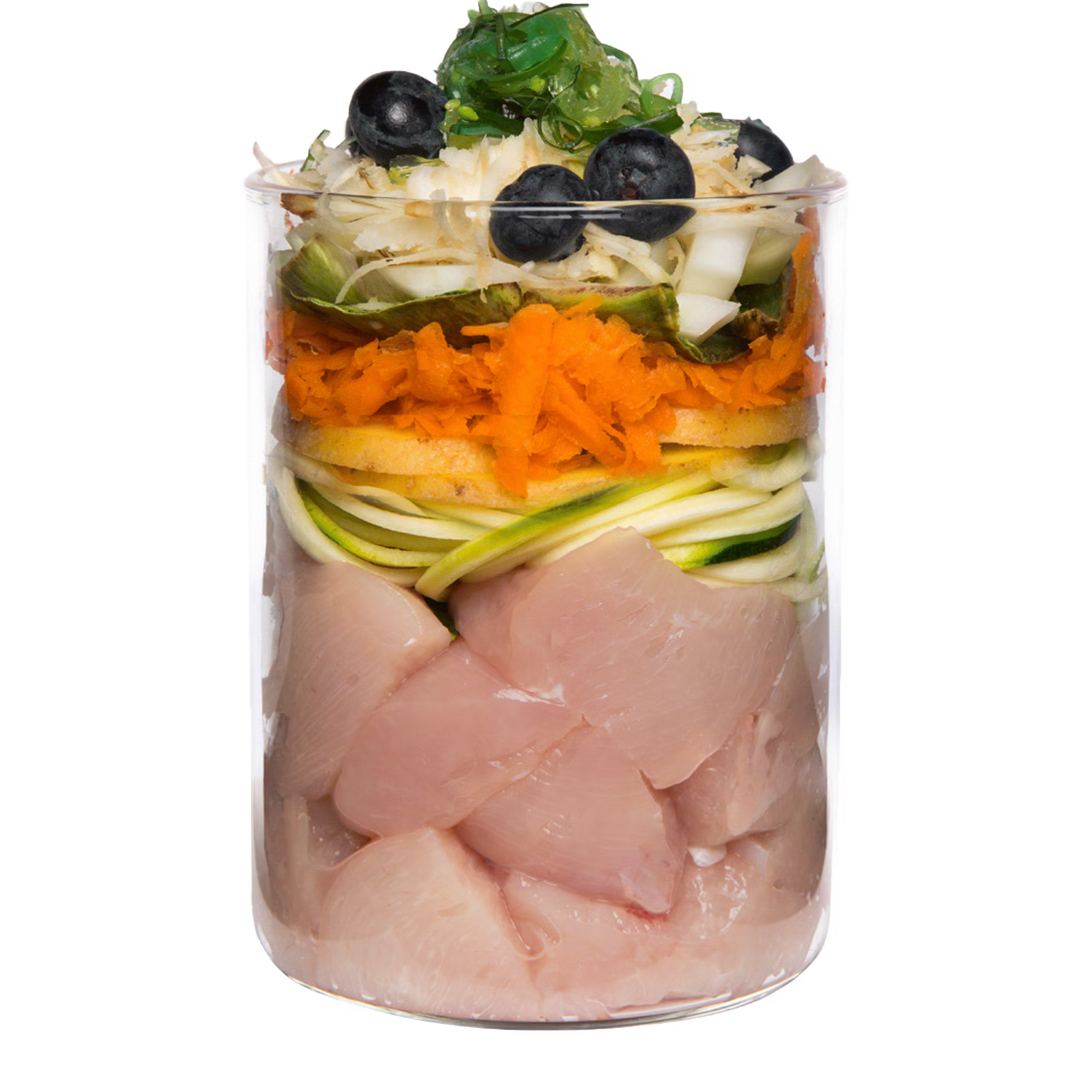
Composition
Chicken 47% (chicken muscle meat 36%, chicken stomach 11%), broth 20%, carrot 6% *, zucchini 6% *, potato 4% *, fennel 3% *, broccoli 3% *, celery 2% *, beetroot 2% *, lupin meal 2% */**, blueberry 1% *, minerals 1% **, rapeseed oil, coconut flakes **, coconut flour **, artichoke leaf **, sage **, fenugreek **, cumin **, thyme **, oyster shell **, spirulina * **Sources of carbohydrate, **dried
Nutritional additives/kg:
Vit. A (3a672a): 15998 IE, vit. D3 (3a671): 240 IE, iodine (3b201): 0,8 mg, copper (3b405): 1,3 mg; manganese (3b503): 12 mg, zinc (3b603): 18 mg
AliVet DIABETIC-DIET
- Regulates glucose supply (Diabetes mellitus)
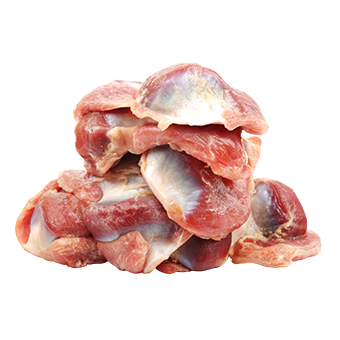

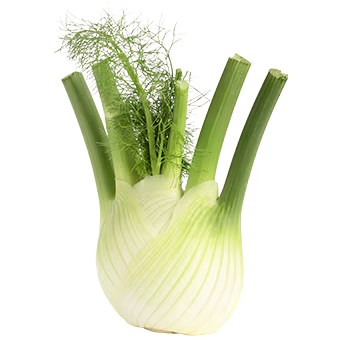


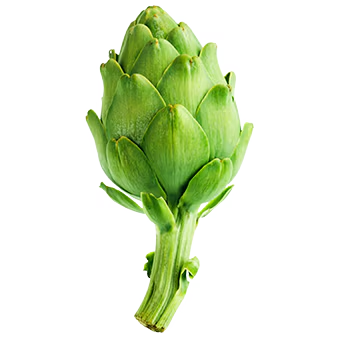
and many more ...
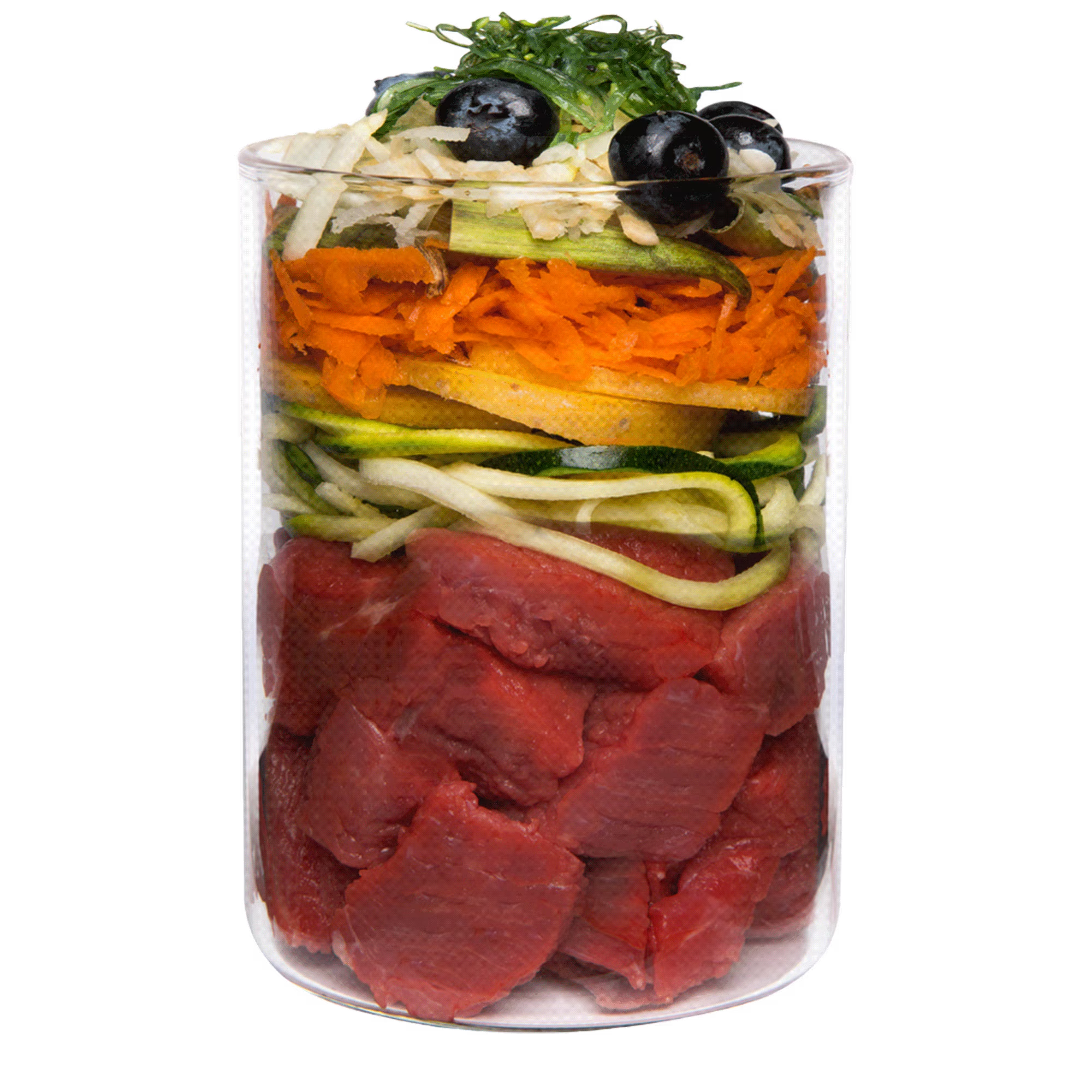
Composition
game muscle meat 46%, broth 20%, carrot 6%, courgette 6% *, potato 4% *, fennel 3% *, broccoli 3% *, celery 2% *, beetroot 2% *, lupin meal 2% */**, blueberry 1% *, minerals 1% **, rapeseed oil, **, coconut flour **, artichoke leaf **, sage **, fenugreek **, cumin **, thyme **, oyster shell **, spirulina ** *Carbohydrate sources, **dried
Nutritional additives/kg:
Vit. A (3a672a): 7631 IE, vit. D3 (3a671): 340 IE, iodine (3b201): 0,8 mg, copper (3b405): 2 mg; manganese (3b503): 10 mg, zinc (3b603): 20 mg
AliVet DIABETIC-DIET
- Regulates glucose supply (Diabetes mellitus)






and many more ...
Analytical components
Protein: 11.4
% fat content: 3.1
% crude fibre: 0.7
% crude ash: 1.3
% moisture: 79.5
% total sugar: 1.4
g/100g starch: 7
%
MJ/kg: 4.9
Analytical components
Protein: 9.2
% fat content: 8.1
% crude fibre: 1.5
% crude ash: 1.3
% moisture: 75.0
% total sugar: 1
g/100g starch: 4.9
%
MJ/kg: 4.9
Analytical components
Protein: 10.8
% fat content: 5.3
% crude fibre: 1.5
% crude ash: 1.2
% moisture: 75.9
% total sugar: 1.4
g/100g starch: 5.2
%
MJ/kg: 4.2
Feeding recommendation
(adult, normal-weight dog)
| 2,5 - 5 kg | 250 - 450 g |
| 5 - 10 kg | 450 - 700 g |
| 10 - 20 kg | 700 - 1200 g |
| 20 - 30 kg | 1200 - 1600 g |
|
30 - 40 kg |
1600 - 1900 g |
Feeding recommendation
| 2,5 - 5 kg | 250 - 450 g |
| 5- 10 kg | 450 - 700 g |
| 10 - 20 kg | 700 - 1200 g |
| 20 - 30 kg | 1200 - 1600 g |
|
30 - 40 kg |
1600 - 1900 g |
Feeding recommendation
(adult, normal-weight dog)
| 2,5 - 5 kg | 250 - 450 g |
| 5 - 10 kg | 450 - 700 g |
| 10 - 20 kg | 700 - 1200 g |
| 20 - 30 kg | 1200 - 1600 g |
|
30 - 40 kg |
1600 - 1900 g |
Reviews
(0)

